Monetary and fiscal policies of the state are designed to regulate the macroeconomic situation in the country. With the help of these leverage, there is a fight against inflation, regulation of the stability of the banking sector, support for individual production sectors, etc.
Types of budget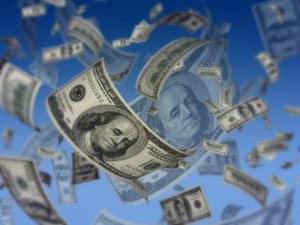
The fiscal policy of the state helps to balance the state budget. It is approved by parliament, and the executive branch is obliged to fulfill it exactly. The term "state budget" is understood as an aggregate plan of expenditures and revenues of the state. There are three categories depending on the economic situation:
- surplus (income above expenses);
- balanced (equal to zero);
- scarce (income below expenses).
The government of any country seeks to ensure that the budget is balanced. One of the tools to achieve this goal is the fiscal policy of the state, and the goal is achieved through the regulation of taxation. In more detail about it - further.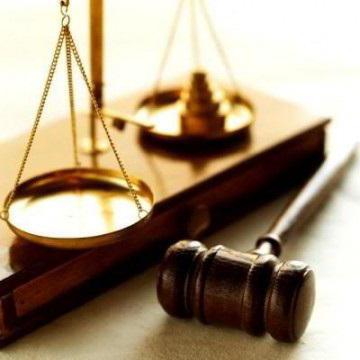
The fiscal policy of the state: goals and objectives
This political tool for influencing the economy is designed to smooth out cycles of oscillation. From here the goals can be identified as follows:
- stable economic development of the whole macroeconomy as a whole;
- maximum employment of the working population;
- balance in indicators between inflation, population incomes and price level.
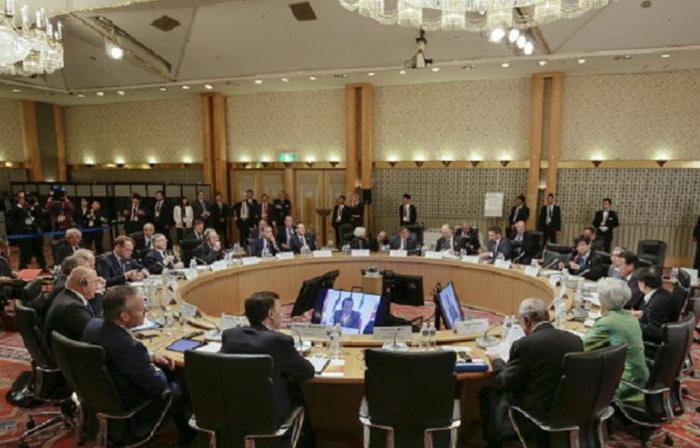
Fiscal Policy Instruments
The main sources of the state budget are taxes. They are the main tool of this policy. But, in addition to taxes, they also include excise taxes, licensing, transfers, public procurement and grandees. Therefore, there is a regulator of expenses and income. Revenues, of course, include excise taxes, licensing, taxes. Their decrease stimulates the business activity of a particular industry, but reduces revenues to the treasury. This can negatively affect social payments to the population. These are salaries to state employees (teachers, doctors, army, police), as well as old-age pensions, incapacity for work, etc. The growth of taxes restrains production and, on the contrary, fills the budget. Reduced transfers and grants will also save the treasury. But maintaining or increasing the budget due to excessive tax rates is a negative phenomenon. It only bears fruit on the first tax revenue. In the long run, this has a negative effect, as production is falling, unemployment is growing, and with it the burden on the budget is increasing.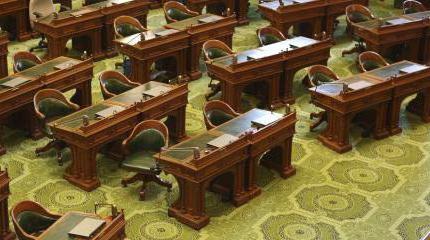
What is Keynesianism
The fiscal (fiscal) policy of the state, according to many economists, is the most effective tool for influencing the economy. In contrast, for example, from monetary or monetary. This direction in economic science was called Keynesianism from the name of the famous economist J. M. Keyes. Their argument is that all the tools of this policy affect the economic situation.
Economic Impact Example
An example is the influence of public procurement on the behavior of market players. Suppose the government additionally purchased goods worth a billion. Recall that a product is not something that can be physically touched. This category includes the growth of the wage fund for public sector employees, which is achieved by increasing the volume of their activities. Through the opening of additional vacancies to doctors, for example.Then this billion goes into the economy, increasing the income of sellers by the same amount (doctors in this example also act as sellers). This billion is subdivided into consumption and savings. Naturally, part of this amount will remain with market players in preservation, thereby increasing overall savings. But the psychological effect, according to Keynes, is that people increase income as expenses increase. But proportionally, the coefficients are different. Thus, with an increase, for example, of income by 20 percent, expenses increase by a much smaller amount.
Types of fiscal policy of the state
First of all, they depend on economic cycle phases development. There are two of them. In the recession phase, or fall, of economic indicators, stimulating policies are applied. But not only recession is not always fatal for the country. Sometimes a quick rise, associated with a sharp change in the macroenomic situation, can contribute to negative development in the future. An example is the sharp drop in the Russian currency by half in 2014-2015. The depreciation of the ruble negatively affected only Russian producers who purchased goods in dollars. This led to an influx of buyers from neighboring countries, who literally swept away "cheaper" goods for them twice. Outwardly, there was a huge increase in sales, but everyone understood that after the sale of all goods in the warehouse this would negatively affect the economy. To prevent such situations, restrictive fiscal policies are applied.
Incentive policy
The direction of the fiscal policy of the state during stimulation is focused on increasing business activity and sales growth. And also to reduce unemployment rate. This is achieved by reducing taxes, their complete abolition in a particular industry or region, as well as increasing public procurement of certain goods and services.
Restraint policy
The fiscal policy of the state with a restraining model of behavior is directed, on the contrary, to the retention of development. The fact is that sometimes there is a boom in a certain industry. The example of depreciating currencies is far from the only one. Take at least the same boom in the construction market in Russia in the 2000s. It led to a strong imbalance in the economy. This accelerated inflation. Workers in other areas suffered. For example, all state employees whose average salary is much behind the country. To prevent such situations, containment tools are needed. An increase in taxes in a certain area, a reduction in government orders and purchases are such leverage.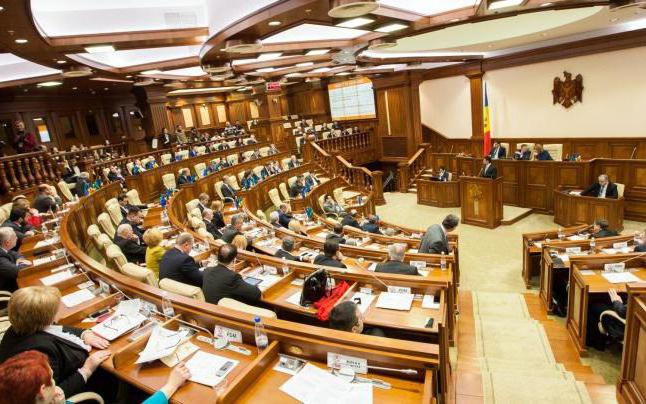
Ways to Impact the Economy
They also identify the main directions of the state fiscal policy by the method of impact on the economy:
- discretionary fiscal policy;
- automatic fiscal policy.
The first is a conscious change in the executive branch of procurement, taxes to stabilize.
Automatic fiscal policy
Already integrated into the system and works autonomously. Her tools include income taxes, taxes on profit, indirect taxes, unemployment benefits, pensions.
Interesting fact: in the USA, benefits to farmers belong to automatic fiscal policy. In Russia, these are single subsidies, depending on the will of the executive authorities, which, with a budget deficit, will cut aid to agriculture.
The fiscal policy of the state is very effective with a progressive taxation scale. Then the imbalance and excesses in the economic and social spheres are reduced. A striking example is Sweden, which has brought such a system to automatism. There, enterprises and citizens with a low level of profit and income are exempted from taxes. In addition, some of them even receive support and subsidies.And those corporations that have excess profits are taxed, which sometimes exceed the 50 percent mark. All this leads to a decrease in social differentiation and, consequently, to a reduced danger of revolutionary events and unrest.
A single tax rate on all sectors of production, on the contrary, increases the imbalance in the economy and leads to an increase in the differentiation of society. This is reflected not only in the political situation, leading to an increase in the opposition, but also reduces the purchasing power of citizens. Since a small part of entrepreneurs holding a large part of the country's income inevitably withdraws their capital from the economy, reducing the monetary fund. The resumption of a shortage of liquid currency leads to an inevitable increase in the issue of money, which leads to a high level of inflation. The flywheel spins to a complete collapse of the economy. The result is a default and a complete collapse of all spheres of public life.
As for unemployment benefits, pensions, subsidies to low-income citizens, they are completely dependent on the state of the economy. From how efficiently taxes are collected. Therefore, you need to competently approach this issue. With the increase in taxes, many enterprises can not withstand the load. This leads to their closure. The army of unemployed and low-income citizens is being replenished, and the enterprise ceases to pay taxes. But their low level leads to a budget deficit. Thus, there is a shortage of money for the social protection of the disabled population.
In developed countries, the economy is only one third regulated by built-in stabilizers. The rest is with discretionary fiscal policy.
Thus, we can conclude that for the successful functioning of the entire economic system, a competent financial policy of the state is needed. Budget tax is a key tool to solve this problem.








